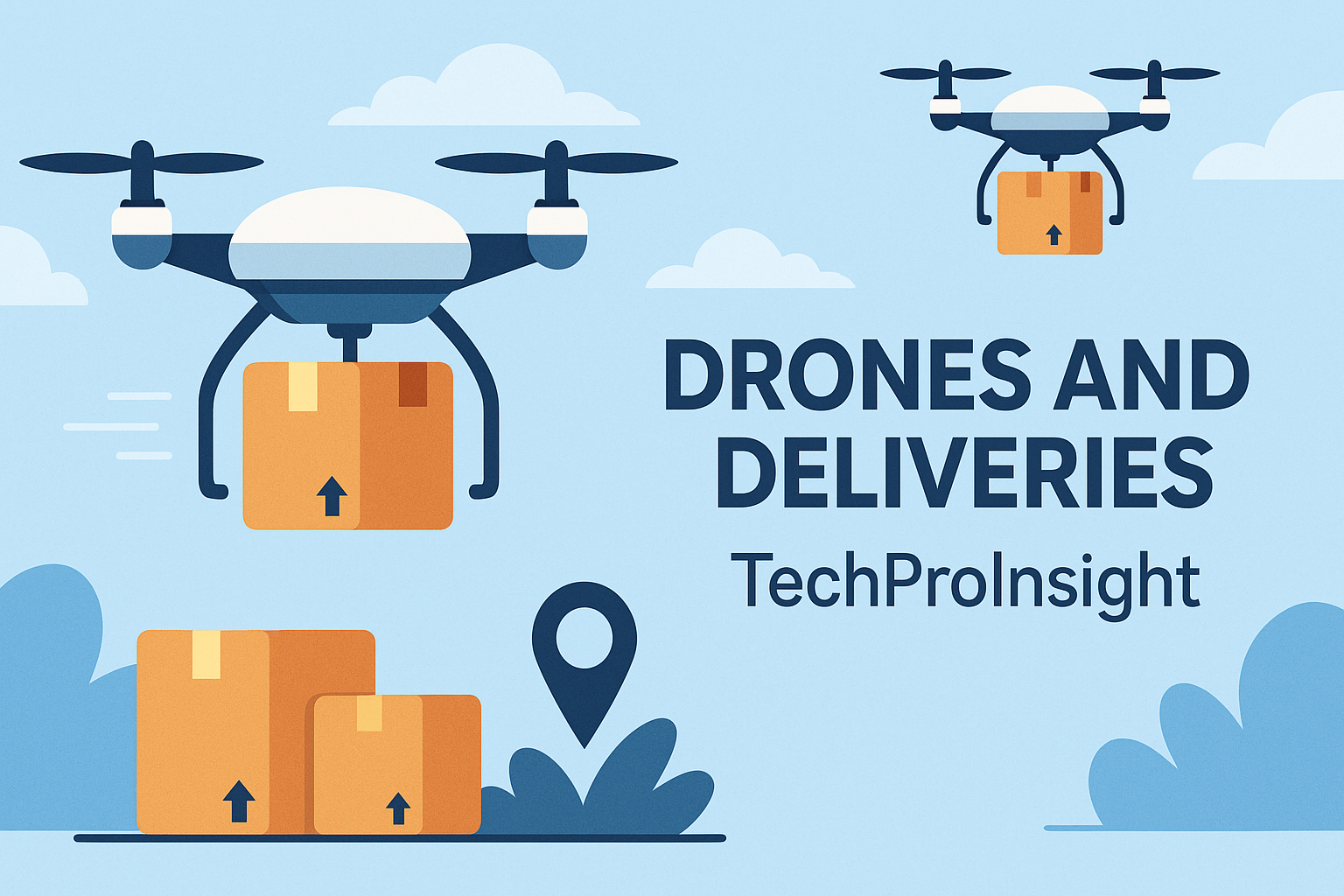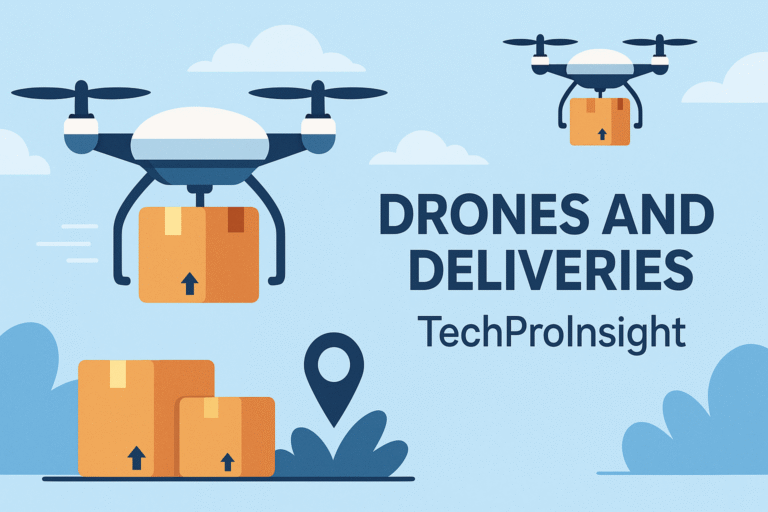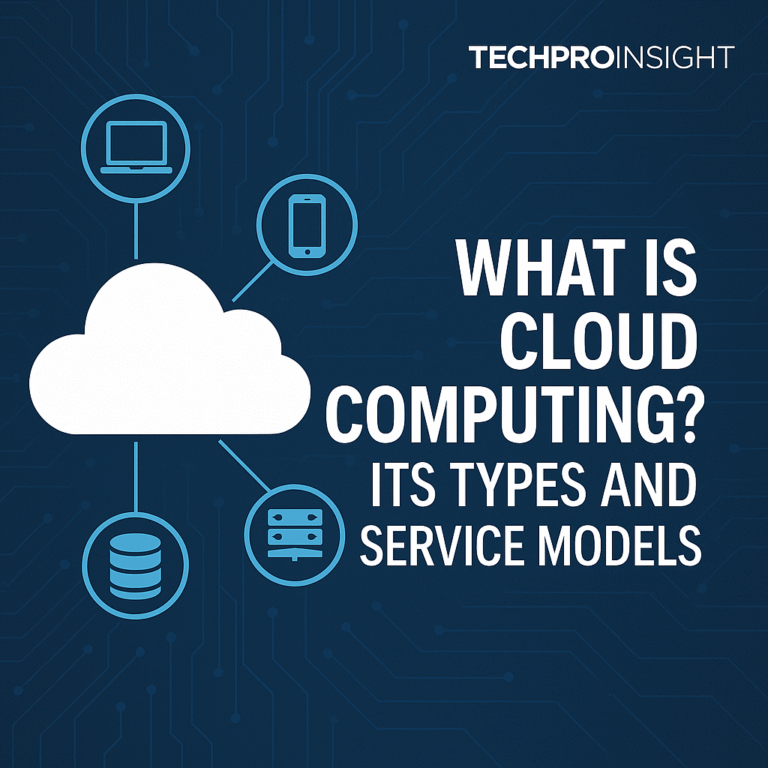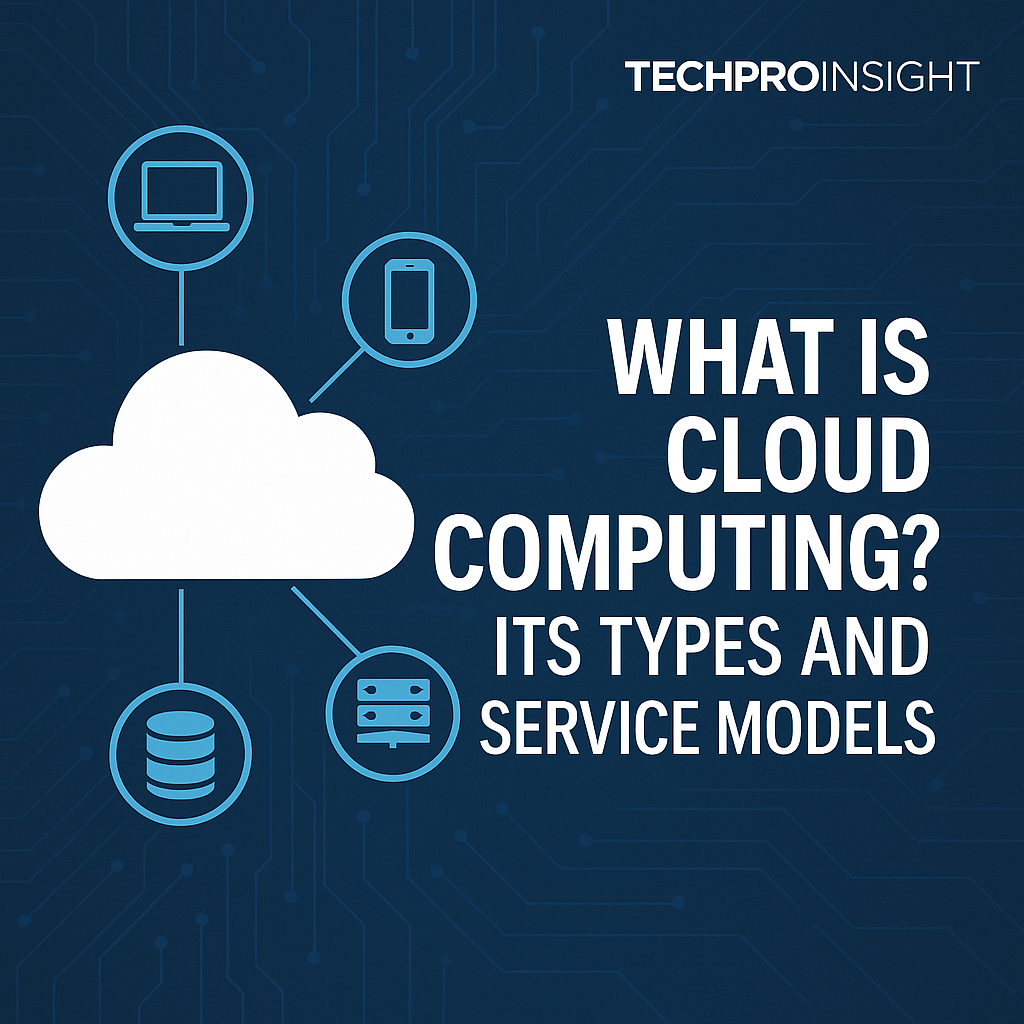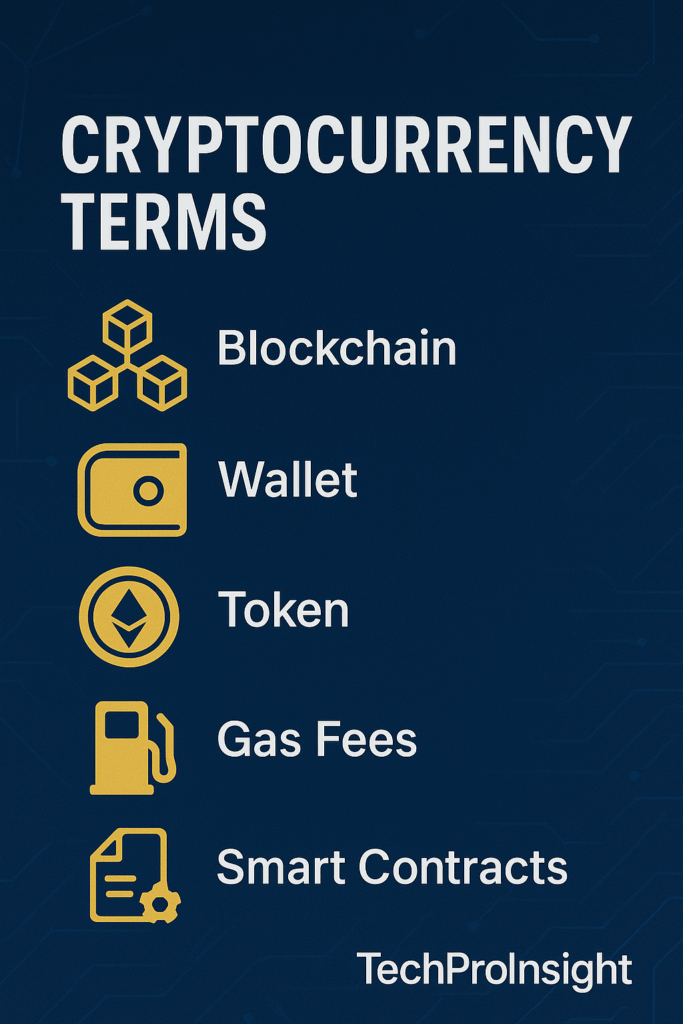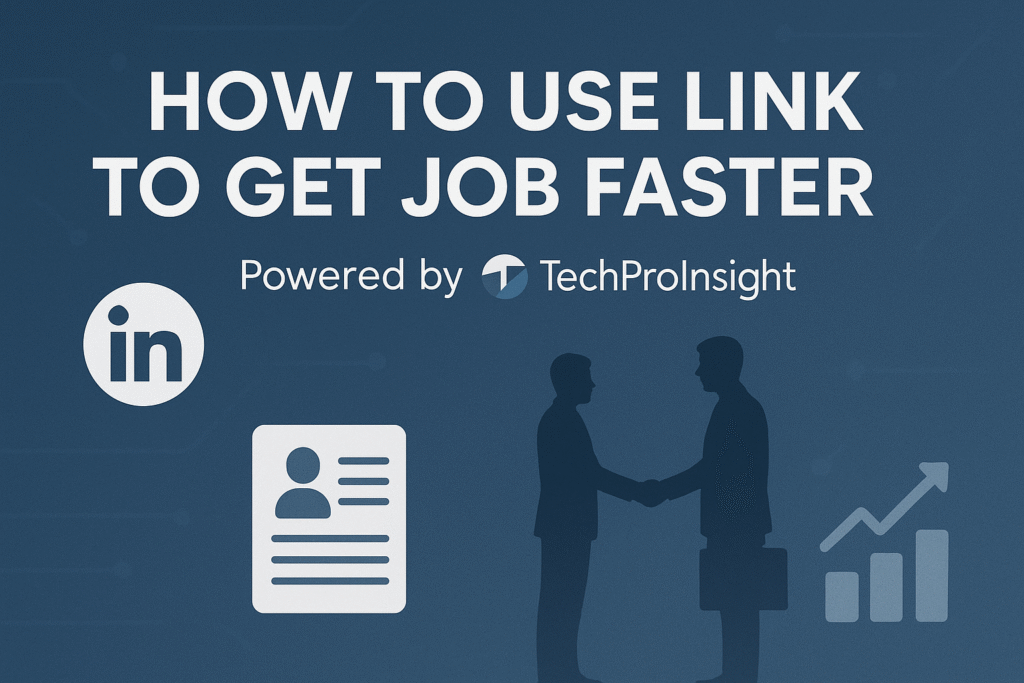Logistics has played a key role in the success of international trade. From delivering necessary material to sending newest gadgets to customers, Efficiency in company’s operation can decide though company is grooming or suffering. The injection of AI and Drones in Logistics industry has promised to speed up and improve the operation and make the delivery environment friendly.
This article discusses the ways in which AI and drones are transforming supply chains, improving delivery services and birthing the future of logistics in ways that were unimaginable a decade ago.
- The Current State of Logistics: (A System in Crisis)
- A New Era of Aerial Logistics
- Advantages of Drone deliveries
- The Role of AI in Logistics
- A Match Made in Logistics Heaven
- Challenges and Concerns
- Global Adoption: Who is leading the Way?
- What to Expect in the Next 5 Years
- Standard Practice
The Current State of Logistics: (A System in Crisis)
Before the future planning of logistics, understand the current problems and how to solve them.
- People want products to be delivered faster than ever
- People worry a lot about Last mile delivery not succeeding
- People are often stuck in traffic and use lots of fuel
- Transport emissions are affected by environmental factors
- Shortage of people especially when there is high demand
Because of its dependence on employees, trucks and stores, the old model struggles in the world of e-commerce. Here is where AI and drones start to play a big role
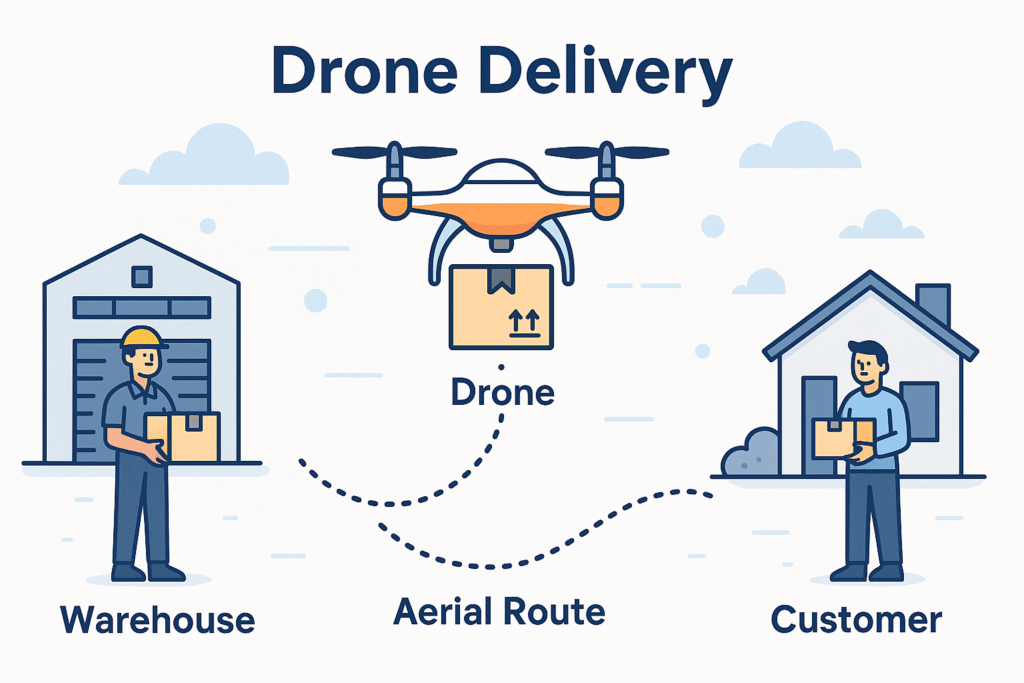
A New Era of Aerial Logistics
An Emerging Era for Aerial Logistics Delivery drones or Unmanned Aerial Vehicles (UAVs) have gone from fiction to reality. Amazon, UPS and DHL are currently using or testing these technologies for their operations. The idea is easy to understand but innovative that bypass car deliveries and send packages directly by air to the customers.
Advantages of Drone deliveries:
- Speed: Drones can deliver packages between 15-30 minutes, especially in urban and sub-urban areas.
- Cost-Effective: Long-term delivery expenses can be reduced with help of drones.
- Eco-Friendly: Drone emits less CO₂ than trucks.
- Access to Remote Areas: Drones have access to locations where is difficult or unsafe for human to reach, considering rural and disasters area.
Real-World Examples:
- Amazon Prime Air: Drones have capacity of delivering packages up to 5 Ibs in 30 minutes.
- Zipline: A business that transports medical kits to remote regions in Africa and the U.S. with the aid of fixed-wing drones.
- UPS Flight Forward: Hospitals and clinics have dedicated divisions of drone deliveries for healthcare.
The Role of AI in Logistics
Drones are the physical force of change, AI is the intangible force that is driving the whole change. AI is being utilized in virtually every part of contemporary logistics, including predictive analytics and real-time optimization.
- Route Optimization
Artificial algorithms use traffic, weather and delivery information to recommend the most efficient routes of delivery in real-time. This conserves time, fuel and resources.
- Demand Forecasting
With historical data, AI can anticipate in demands (e.g holidays, product releases) and help businesses to scale their logistics.
- Inventory Management
Smart warehouses employ sensors and computer vision with the help of AI to minimize human intervention.
- Autonomous Drone Navigation
AI-powered drones are capable of evading obstacles, following variable weather and even executing emergency landings. AI comes into play in swarm coordination and fleet of drones collaborate to deliver complex tasks.
A Match Made in Logistics Heaven
The combination of drones and AI produces a revolutionary results:
- Precision Delivery: AI ensures that drones deliver on exact location with help of GPS even in dense urban environment.
- Real-Time Tracking: Shippers and customers track the drone flights in real time, it increased transparency and trust.
- Dynamic Scheduling: AI helps to re-route the drone deliveries in case of in-flight cancelations.
- Energy Efficiency: AI helps drones to use minimum amount of energy according to flight routes based on weight, wind and temperature.
Smart Cities and Drone Infrastructure
Cities will have to adapt in order to integrate drones completely into logistics.
Examples:
- Drone Ports: Miniature airports where the drones can land, recharge and take off again.
- Digital Air Traffic Control Systems: AI-based systems are being worked on to control hundreds of drones in a city’s airspace.
- Geo-fencing and No-Fly Zones: Drones AI system keeps them away from sensitive areas like airports, schools and private properties.
Challenges and Concerns
Drone and AI poses a number of issues:
- Regulatory Hurdles
Most nations are yet to develop or pilot drone regulation. Some of the concerns are:
- Beyond visual line of sight (BVLOS) flight
- night flight
- dense population areas operation
Organizations such as the FAA in the United States are making good strides but the world is yet to have a common standard.
- Privacy and Surveillance
Cameras and sensors equipped drones can be quite a threat to privacy. Well-defined limits of usage and open policies are requirement.
- Cyber security Risks
AI technology and drones can be hacked. An insecure drone with sensitive payload can be a serious threat.
- Public Acceptance
Security concerns and the mess of drone passing overhead may cause pushback. Public communication and access is important.
Global Adoption: Who is leading the Way?
- United States: Amazon, UPS and Walmart are piloting drone deliveries.
- China: Alibaba and JD.com are already using AI and drones in logistics operation.
- Europe: It is happening now that Switzerland and the UK look into using drone corridors for both commercial and medical purposes in cities.
- Africa: Zip line’s humanitarian drone delivery network is a world benchmark for its use.
What to Expect in the Next 5 Years
This is what the future looks like:
- Drone delivery is used for Mainstream suburban
- AI helps in the operation of autonomous logistics centers
- Usage in medical and disaster regions is increased
- Drone fleets can manage decentralized platforms.
- Delivery hubs can be on roof-tops and in parking garages within cities
Governments, startups and tech giants are pouring billions into these innovations. By combining AI, Logistics will see major changes as AI, drones and IoT are used together.
Standard Practice
Drones and AI will play a major role in logistics very soon since they have shown their worth. From helping the environment to getting medication faster to people, these technologies could completely change and upgrade today’s supply chain system. The secret to success is in careful implementation, regulatory backing, and technological cooperativeness.
At TechProInsight, we think that AI with logistics will play a vital role in logistics in near future. It is just the starting point.

